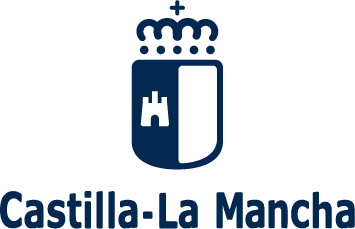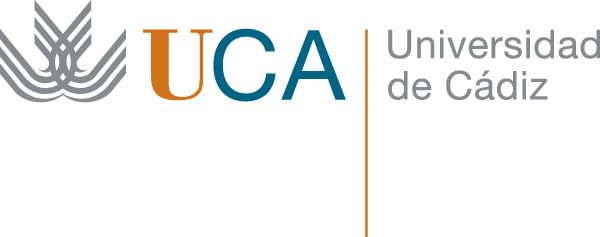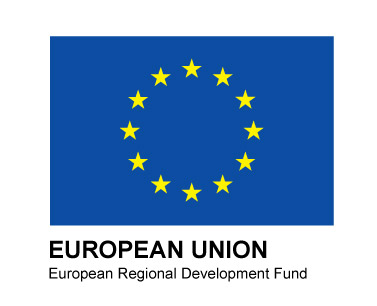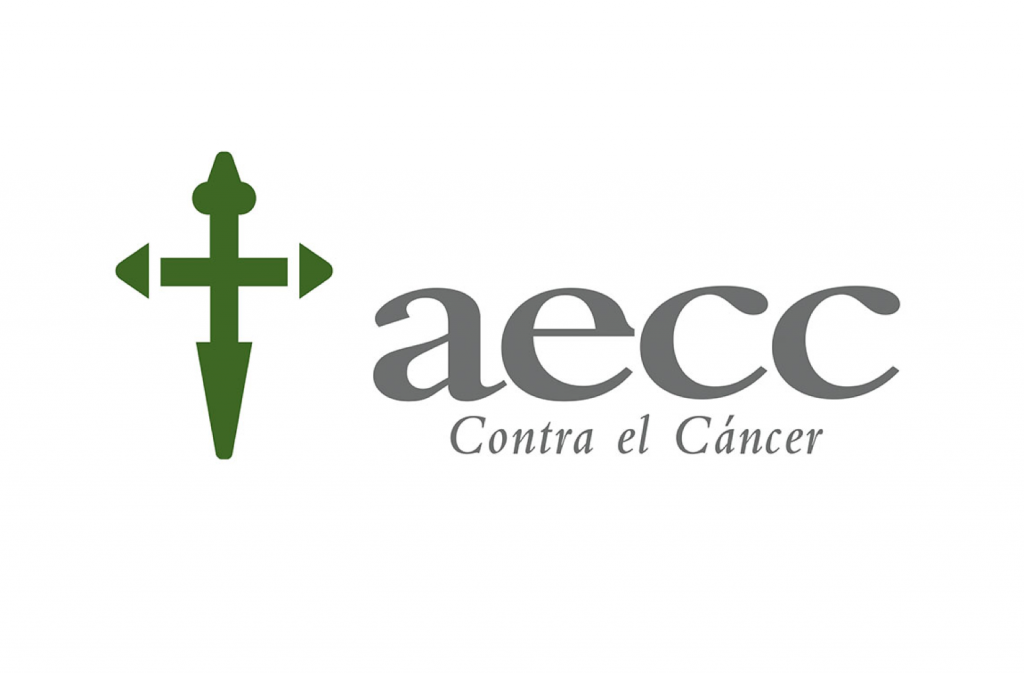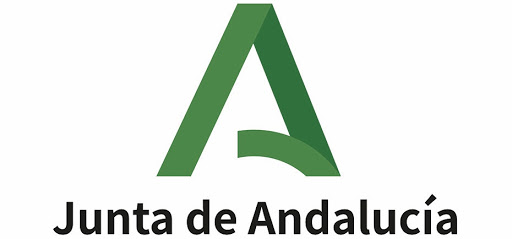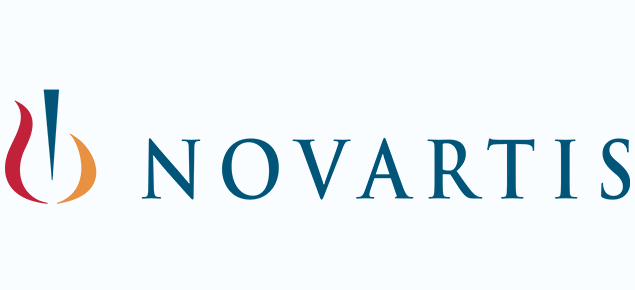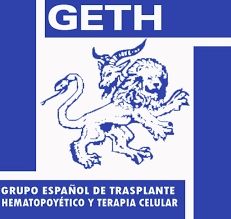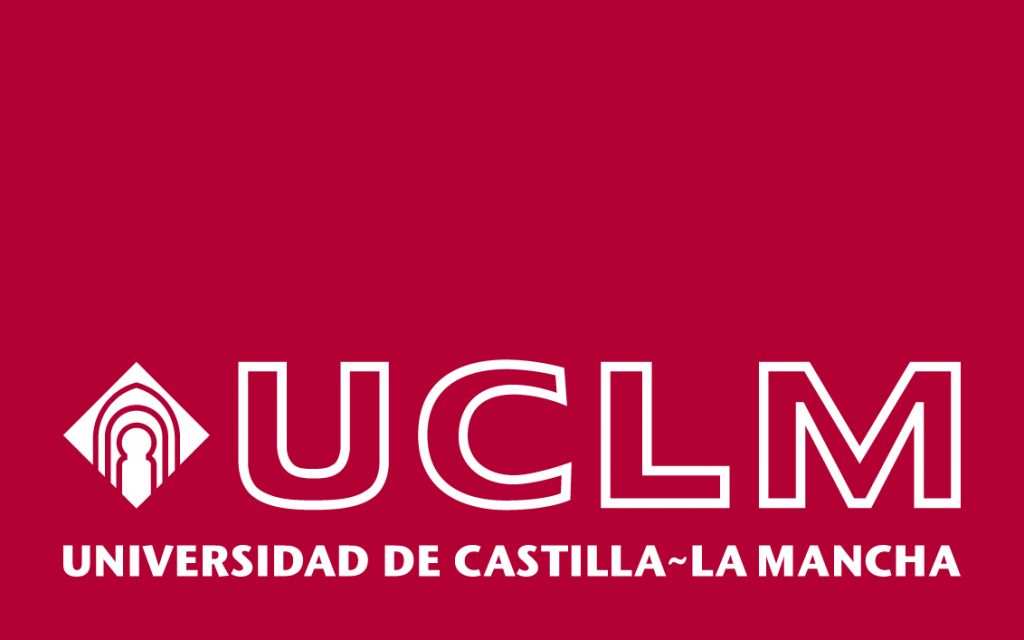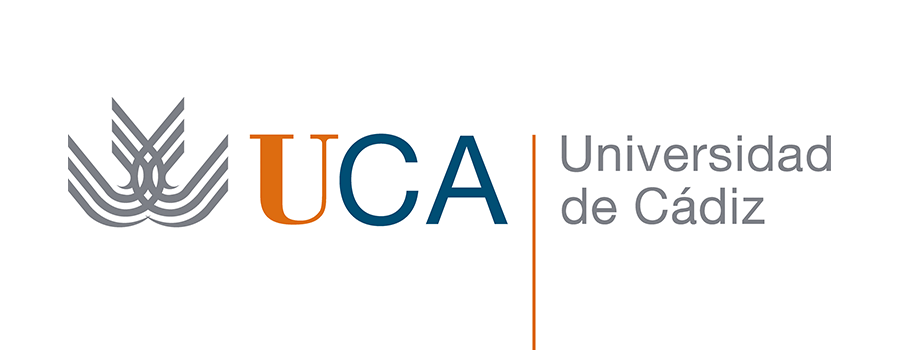Therapy Optimization in Glioblastoma: An integrative human data-based approach using mathematical models
2015-2022
Glioblastoma is the deadliest human primary brain tumor. Therapeutic advances in recent years have been marginal, despite many ideas being explored. Our goal is to add the mathematical dimension to these efforts to provide a new perspective on these problems. To do so, high-quality data is necessary. In this context, this collaborative activity helped to create a cooperative framework to bring together a broad range of human data of glioblastoma patients: multimodal imaging, omics, immuno-histochemical and molecular biology characterization of tumor cells, etc. Aside from high-quality data, the development of pilot experiments to validate ideas coming from mathematical models is also required.
Why Mathematics?
Mathematical models are used in Science and Engineering to create conceptual frameworks in order to understand Nature and provide solutions to real-world problems. A broad variety of human data became available through the project. The conceptual frameworks provided by mathematical models, when fed by the project data, allowed us to get a “big picture” of the disease’s natural history and so understand and predict its response to therapies, which hopefully may lead to improved glioblastoma treatments.
The Team
The TOG project was an open initiative coordinated by MOLAB. Many hospitals have approved the protocol, provided data and participated in the discussions, including Hospital 12 de Octubre (Madrid), MD Anderson Cancer Center (Madrid), Erasme Hospital (Brussels), Hospital Virgen de la Salud de Toledo, Hospital Regional Universitario de Málaga, Hospital General Universitario de Albacete, Hospital de Manises, Instituto Valenciano de Oncología and Bern University Hospital (Switzerland).
Several biomedical research groups performed pilot experiments including groups from Carlos III Health Institute, Center of Research in Cancer and Immunology at Nantes, the Aragon Institute of Engineering Research and the Institute for Biological Problems at Belgrade.
Researchers from Bern, Kiev and Berlin helped us with the image and data processing and mathematicians from Paris, Bordeaux and Warsaw were also involved in the analysis.
Beyond this project
The approach we developed to address this problem has been used to find novel biomarkers and to design personalized optimal strategies for glioblastoma, based on the results of virtual clinical trials. This same approach may be used in the future for other cancer types, provided that a similar amount of data can be obtained in the clinical practice.



